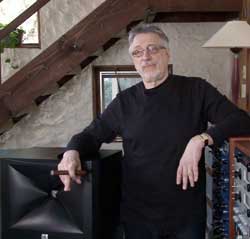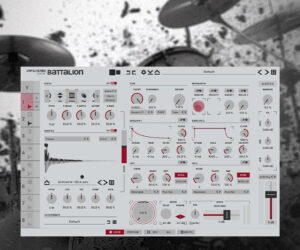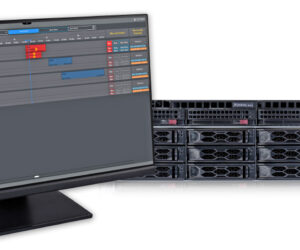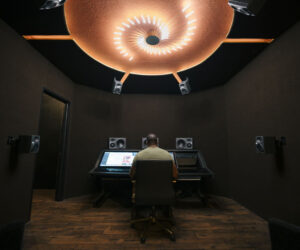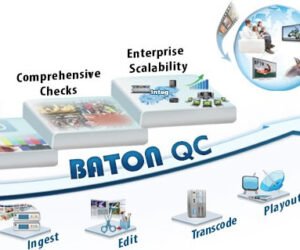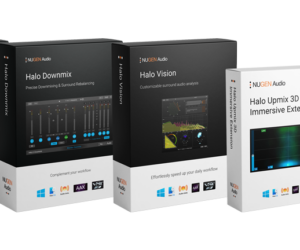Since the 1980s, producer, recording and GRAMMY award winning mixing engineer Frank Filipetti has worked with Carly Simon, Luciano Pavarotti, Billy Joel, Elton John, Korn, Barbra Streisand, Meatloaf and countless other top artists.
Recently he played a significant role in the development of Harman’s JBL M2 Master Reference Monitor, a 2-way large-format loudspeaker designed to set new standards for sonic accuracy and dynamic range in professional monitoring environments.
In developing new loudspeaker systems, JBL has always welcomed input from recording engineers and producers. In the development of JBL’s new flagship M2 master reference monitor, JBL turned to Filipetti for his critical review and astute feedback.
Like many industry pros, he’s used a number of JBL studio monitors, including his go-to system, the LSR6300 series monitors. When JBL went into production of the M2 in the spring, Filipetti installed a pair in his studio and has been mixing projects non-stop.
“About two years ago JBL invited me to listen to a new studio monitor concept they were excited about,” said Filipetti.
However, after listening for more than two hours, the loudspeakers didn’t win him over. Filipetti came away from the initial audition thinking this early iteration of the M2 was good, but not special, and encouraged the JBL team to work hard to elevate it to the next level. His comments did not go unheeded by the JBL team.
Fast-forward to the summer of 2012, when Filipetti got a call to come back and listen again. Within the first 20 seconds of listening he realized he was hearing something very exciting.
“I’ve been listening to studio monitors all my life and they’re one of the types of products I pay closest attention to, as they’re so integral to my work.”
It took Filipetti less than a minute to realize this new speaker wasn’t like anything he’d heard before.
“The whole experience of the beauty of the music, the sound and the emotional content of the performance all came through to me in a way I had never heard before.”
The JBL engineers made a few final tweaks and the production-version M2 was born.
Filipetti attributes much of the special qualities of the JBL M2 to the new D2 dual diaphragm, dual-voice-coil compression driver and JBL’s new Image Control waveguide, a patent-pending horn design that delivers more musical detail and smoothness than he’d heard previously.
In his estimation, most horns sound “peaky” in the midrange and don’t provide the extension a soft-dome tweeter can deliver while the M2 has a smooth midrange, high-frequency response up to 40kHz and wide dispersion.
“You can stand halfway between two M2 loudspeakers and hear all the top end you’d hear when you’re sitting right in line with the drivers, along with a deep, strong, focused center image. I’ve never heard that from any speaker before,” Filipetti noted.
“Forget everything you know about horns and monitor speakers. The JBL M2 is different,” he emphasized. “I’ve had people that work in music, film and all different genres come by my studio and listen and they all hear what I hear: the closest thing to a universally accurate studio monitor speaker we’ve ever heard.”


